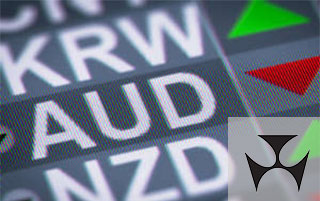With deflation looming, the Reserve Bank of Australia has cut its interest rate from 2% to 1.75%. This is the first time in a year that Australia cuts its interest rates, and it comes as the Reserve Bank aims to bring inflation to between 2% and 3%. This move will bring the value of the Australian Dollar down, despite a slight recovery in the export of raw materials – particularly iron ore. The recovery of key raw materials should have led to a higher valuation of the AUD, but the rate cut will put downward pressure on the Australian Dollar, especially if the market expects further rate cuts this year.
It is clear that unlike most of the largest and influential economies in the world, Australia has more room to make these monetary adjustments. This means that if the Australian economy keeps on showing signs of weakness, the Reserve Bank will be likely to cut the rates further, and it will have ample freedom to do so. Australia is still far away from a situation in which it needs to recur to more unorthodox monetary measures like quantitative easing, in order to prop up its economy.
The price of oil going forward will have a considerable impact on Australia’s monetary policy. This is due to the fact that the relatively low oil prices are bound to affect inflation rates negatively. This means that despite the weaknesses in Australia’s economy, the decision to reduce the rate by 0.25% is partly due to a largely exogenous phenomenon.
In the meantime the AUD hit a low of about $75.7 cents to the US Dollar. This comes as a surprise, given the fact that the greenback seems to be in the middle of a slump lately. Although the full effect of the rate cut remains to be seen, experts say that the Reserve Bank of Australia will probably follow up with an additional rate cut either 3 or 6 months from now.




